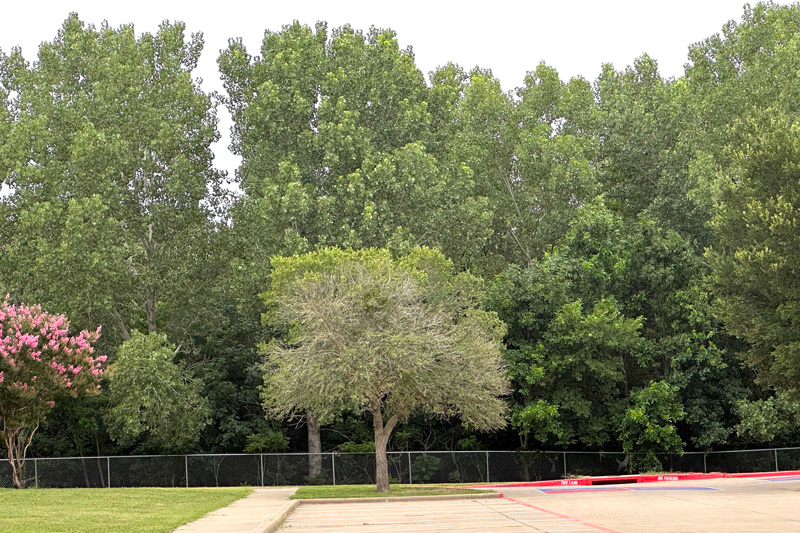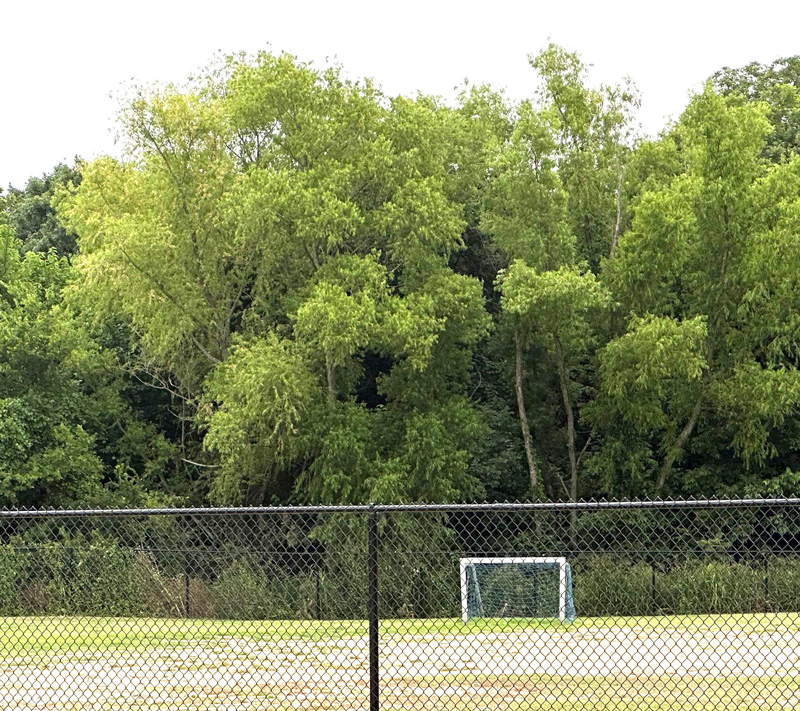The Cicadas Are Deafening
For the past couple of weeks if we step outside around dusk or anytime until dawn it sounds like 100db of pure cicada symphony playing all through our pecan and oak woodlands. When I was a kid in College Station, their grandparents were singing the same songs. Mix in the frogs croaking and the occasional hoot of the owl in our big pecan and you have a concert.
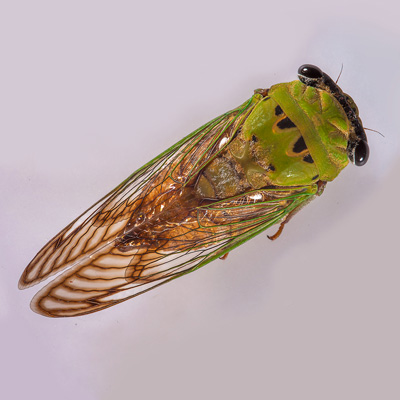
Of the bunch of night noises in our Texas forests (urban included), it’s the cicadas that cause the most questions. They’re freaky looking, and they buzz past your head in the dark like off-course scud missiles.
So, if I admit that I’m not an accomplished entomologist, would you let me get by just listing facts from real university entomologists who know all the scoop on cicadas? Let’s see how this goes.
- There are scores of species of cicadas. Some are annuals (life cycles of 2, sometimes up to 5 years), and others are called “periodical” cicadas, with life cycles of either 13 or 17 years. (Texas A&M)
- All species of cicadas do very little harm to trees, shrubs, turf and crops. TAMU says, “Texas species are not considered to be plant pests.”
- Cicadas are basically large insects, up to 1-1/2 inch long and 5/8-inch wide. Some species are smaller. (Oklahoma State)
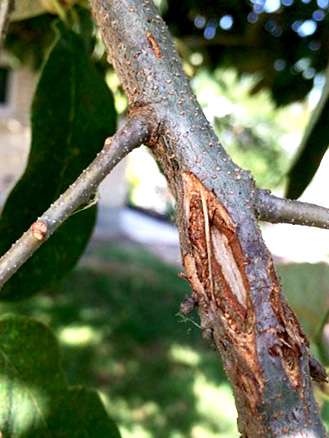
- Adult females lay their eggs into slits in trees’ small branches. When eggs hatch, the immature stage (nymphs) fall to the ground. They are accomplished diggers, sometimes burrowing several feet down. They feed on tree roots, but generally do not do measurable harm to the trees. (TAMU)
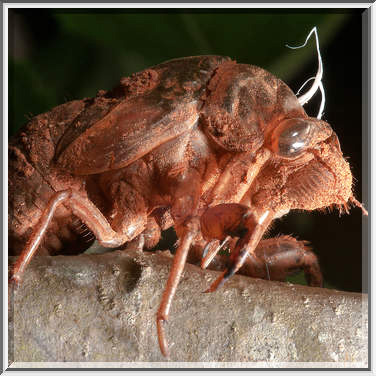
- After 2 to 5 years the “annual” cicadas emerge from the soil out of 1/2-inch holes. Once they have emerged, the nymphs climb onto tree trunks, where they eventually emerge from their last nymphal stage from slits in their backs, leaving the cast chaffy cases behind. (TAMU)
- Male cicadas remain attached to the tree trunks for the 5- or 6-week duration of their lives as they sing to attract mates. Females do not sing. (Thank goodness! There’s enough noise already.) (TAMU)
- Cicadas do not bite or sting and are harmless to humans. (Oklahoma State University)
- When you hear a loud population of cicadas, odds are that there is a cottonwood or willow nearby. (Sperry) That’s a personal observation from a guy who has spent a lot of time outdoors in the evenings. I didn’t see anything on any university website that confirmed that personal theory, plus we don’t have either of those species on our property, but we still have the clamor of cicadas, so they’re apparently not a requirement. But keep my thought in the back of your mind and see if you agree.
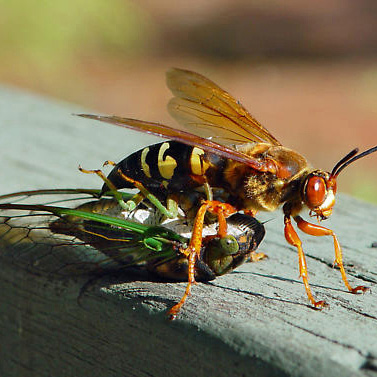
And finally, their enemy…
The Cicada-killer wasp
This ferocious-looking pest also lives in the soil, emerging about the same time the cicadas do. You’ll see them flying slowly around your landscape a few feet off the ground as they seek out the cicadas.
Suddenly you’ll hear a terribly loud noise as it stings the cicada and injects a paralyzing fluid into the victim. It then transports it, still alive, back to its nest where it implants it and lays eggs into its body. The developing larvae feed on the cicada.
Cicada killers are docile and won’t harm you – as long as you leave them alone. But if you surprise them by digging into their tunnels with your hands or by trying to swat them as they fly by, their sting is very painful. Give them their space.
Citing my sources:
Texas A&M
North Carolina State University
(Great photos)

